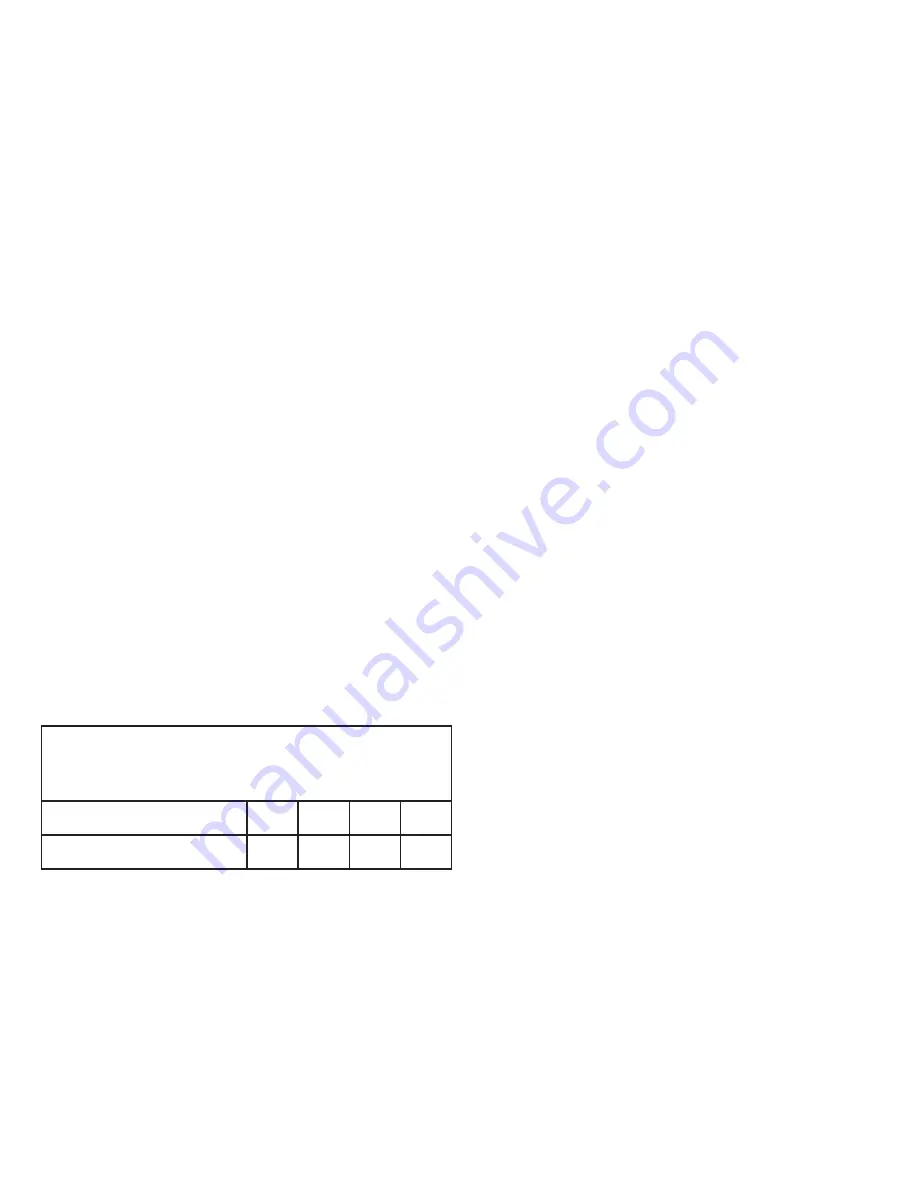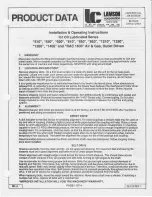
4
SAFETY WARNINGS FOR ELECTRIC UNITS
General Electric Safety
• Do not expose the unit to rain or wet conditions.
• Do not handle the unit with wet hands.
• Do not operate the unit in the rain, in wet
conditions or on wet surfaces.
• To reduce the risk of electric shock, avoid body
contact with grounded conductors, such as
metal pipes or wire fences.
• Do not operate the unit in explosive
atmospheres, such as in the presence of
flammable liquids, gases or dust.
Battery Charger Safety
• A nameplate on the unit indicates the voltage
used. Never connect the unit to an AC voltage
that differs from this voltage.
• An extension cord should not be used unless
absolutely necessary. Use of an improper
extension cord could result in a risk of fire,
electric shock or electrocution.
• Do not use multiple extension cords.
• Make sure the extension cord is heavy enough
to carry the current drawn by the unit. An
undersized extension cord will cause a drop in
line voltage, resulting in a loss of power and
overheating. If in doubt, use the next heavier
gauge cord. The smaller the gauge number, the
heavier the cord.
• Make sure the cords are in good condition.
Inspect the power cord and extension cord
periodically. Look closely for deterioration, cuts
or cracks in the insulation. If a cord is damaged
in any manner while plugged in, disconnect the
cord from both the outlet and the unit. Do not
use a damaged cord. Damaged cords should be
repaired or replaced.
• Do not abuse cords. Never pull or carry the unit
by a cord. Keep cords away from heat, oil,
water, sharp edges, and moving objects. Always
grasp the plug when disconnecting a cord.
• Never modify a plug, cord or outlet in any way.
• Ground Fault Circuit Interrupter (GFCI)
protection should be provided on the circuit(s)
or outlet(s) to be used with this unit. For an extra
measure of safety, use receptacles with built-in
GFCI protection.
• Do not place the battery charger where cords
might be stepped on, tripped over or subjected
to damage.
• Do not charge batteries in the rain or in wet
conditions. Keep the battery charger in a cool
and dry area.
• Keep the battery charger away from all liquid.
• Do not allow small metal items or material such
as steel wool, aluminum foil or other foreign
particles into the charger port.
• Do not probe the charger with conductive
material. There is a risk of electric shock.
• Do not cover the battery charger. The battery
charger may overheat.
• Do not allow the battery or battery charger to
overheat. If they are warm, allow them to cool
down. Only charge batteries in temperatures
between 32° and 104° F (0° and 40° C).
• Always unplug the battery charger before
cleaning it. Always unplug the battery charger
when it is not in use.
MINIMUM WIRE SIZE FOR EXTENSION
CORDS FOR 230 VOLT APPLIANCES USING
0-6 AMPS
Cord Length (ft.)
50
100
200
300
Wire Size (AWG)
16
16
16
14





































